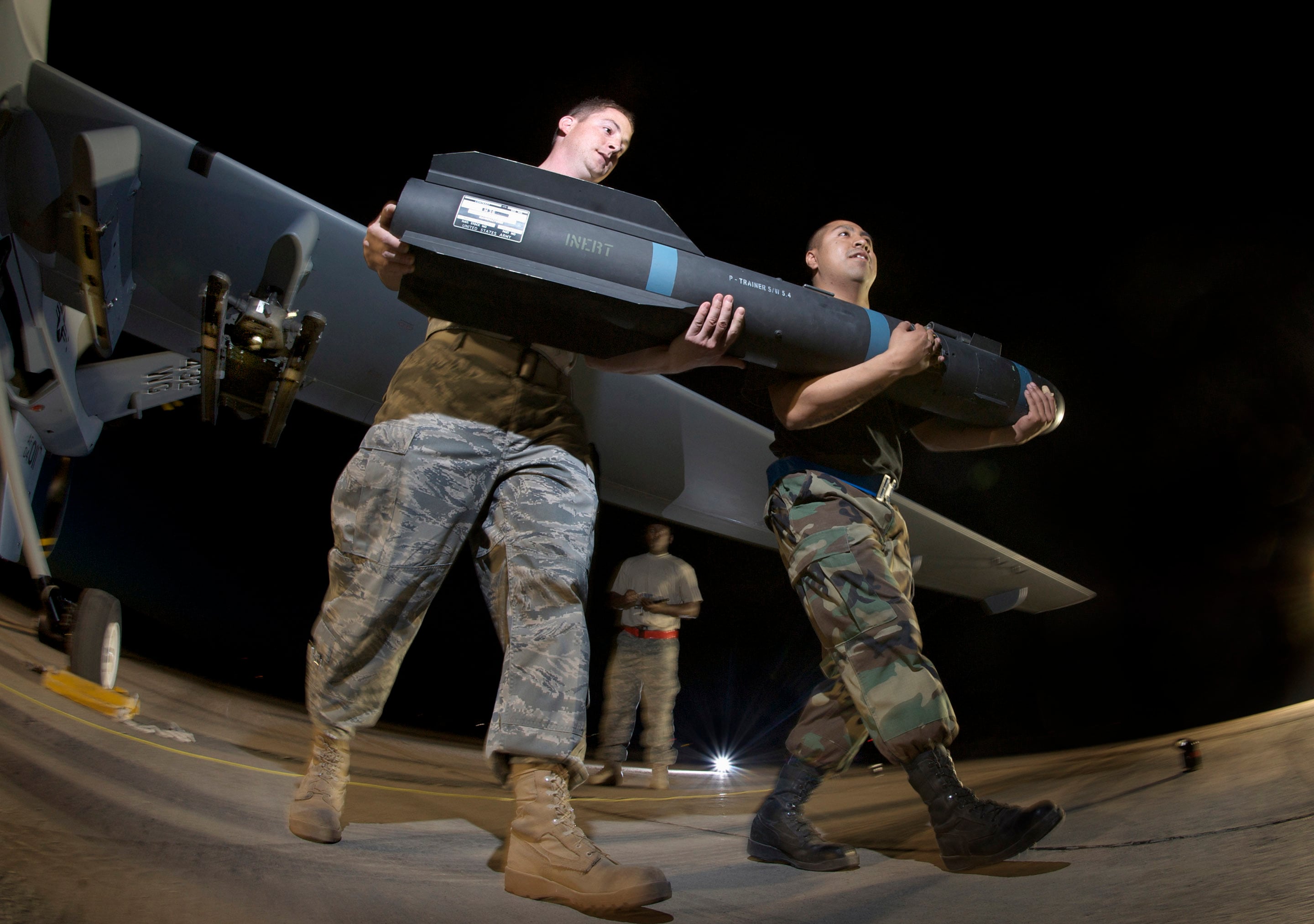WASHINGTON ― The new head of the Defense Security Cooperation Agency is studying a little known but vital source of funding for foreign weapon sales, with the hopes of finding ways to speed the process forward.
Lt. Gen. Charles Hooper discussed his view of the Special Defense Acquisition Fund (SDAF) during comments at the annual AUSA conference Oct. 10.
“I think we need to have a better understanding on how to more effectively use the fund, and I’m looking very carefully at how we can have a discussion on how the fund might be more effectively applied than it currently is now,” Hooper said.
RELATED

The fund is set up to allow the State Department to look ahead at what a partner nation may need to buy in the coming year and pre-order it. For example, officials could look at the rate a partner is using up ammunition or know that an ally is going to need spare parts for its rotorcraft in three years, and spend funding to put those products under production.
This can dramatically reduce the amount of time needed to deliver that gear to the partner nation, something that all those involved in the FMS process ― partners, the Pentagon, State and industry ― acknowledge is vital to America’s interests abroad.
Originally a Reagan-era program, the fund was shut down in 1995 as part of the Cold War drawdown. The fund relaunched in 2011 with a $100 million authorization cap, a amount that remained unchanged until late 2015, when it was expanded to up to $900 million, although the fund currently has only about $350 million appropriated for it.
Asked by Defense News to clarify his SDAF comment, Hooper said, “Right now I’m not looking at any changes, I’m just looking,” noting he had only been in his job for around 60 days.
“I’m looking at SDAF very closely with an eye towards the same thing I’m looking at everything else with, with an eye towards how can we best execute it, how can it be made better, and maybe suggestions or recommendations I can make on how we can take a look at it more closely and make it more efficient and effective,” he added.
One potential change could revolve around supplying munitions for allies. The National Defense Authorization Act for fiscal year 2017 contained a provision requiring the SDAF to spend no less than $500 million from the SDAF on the procurement of precision guided munitions each year.
However, an administration official speaking on background said they are seeking legislative relief from that provision, which, given there is only $350 million in the account currently, would eat the entire SDAF on PGMs.
Hooper declined to put a timetable on when he might come to a decision or to comment on whether the goal was to have a decision made for the fiscal year 2019 budget.
Aaron Mehta was deputy editor and senior Pentagon correspondent for Defense News, covering policy, strategy and acquisition at the highest levels of the Defense Department and its international partners.








